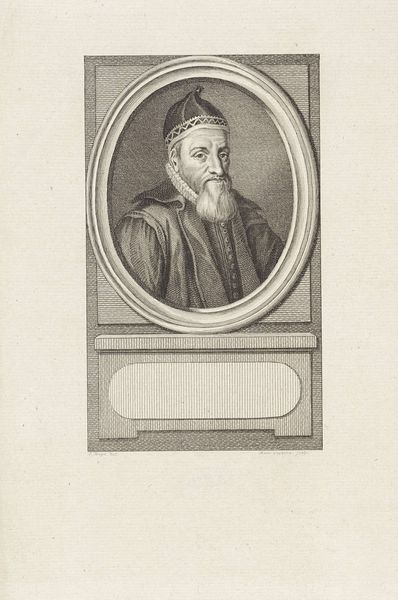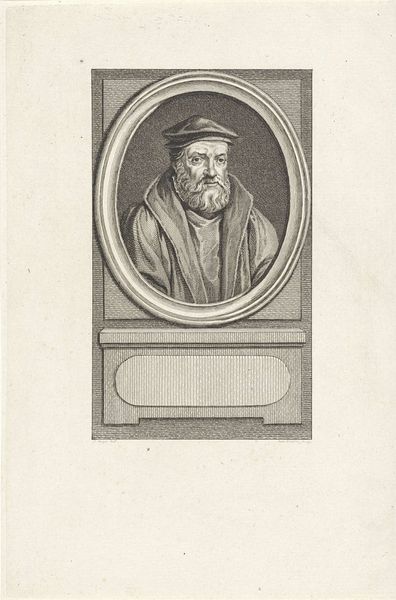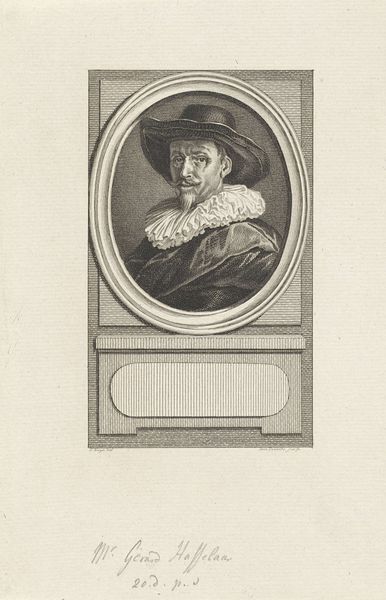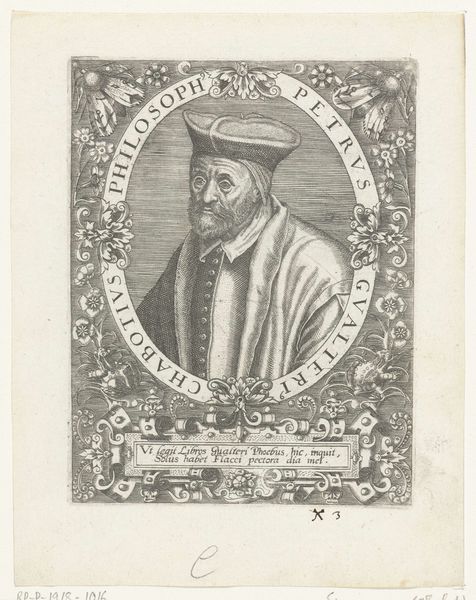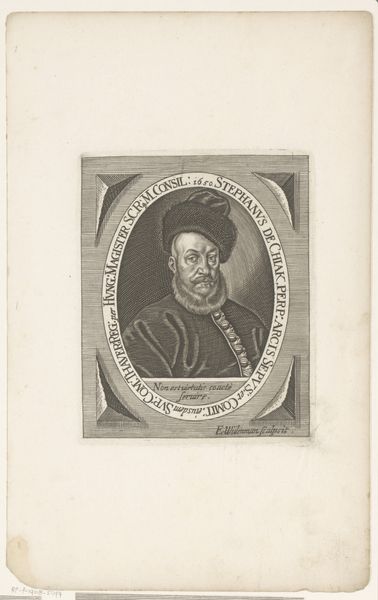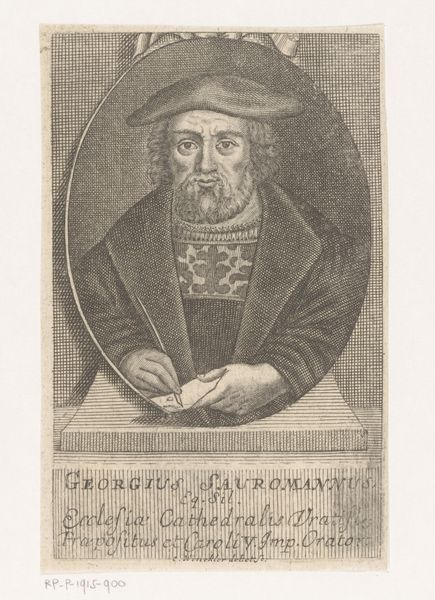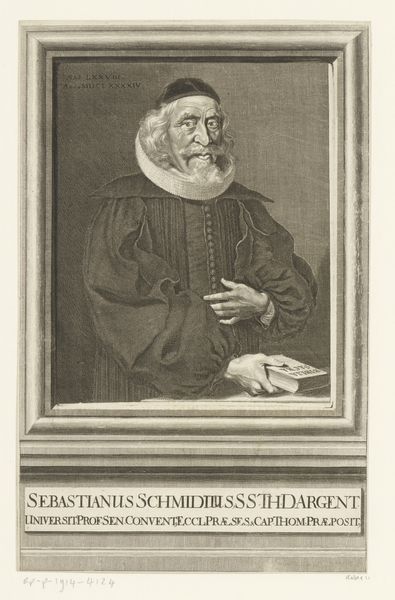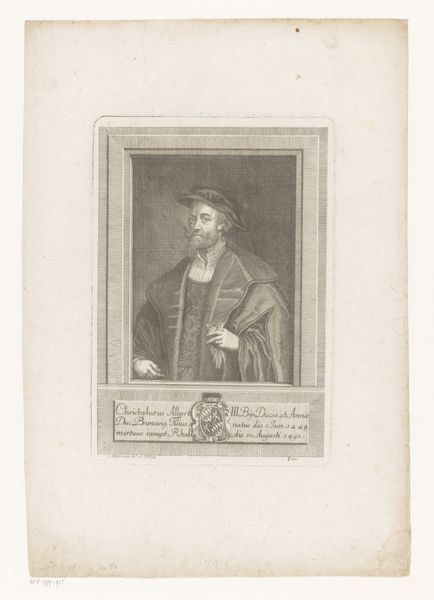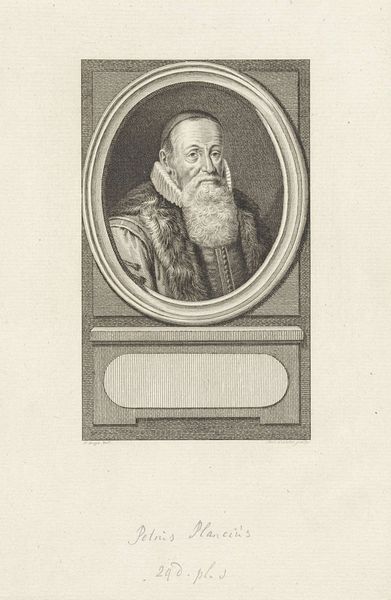
print, engraving
#
portrait
#
neoclacissism
# print
#
old engraving style
#
graphite
#
engraving
#
realism
Dimensions: height mm, width mm
Copyright: Rijks Museum: Open Domain
Curator: This is a print dating back to 1789 by Reinier Vinkeles. It is titled "Portret van Isaäc Doreslaer," and resides here at the Rijksmuseum. Editor: What immediately strikes me is the starkness. The sharp, clean lines of the engraving create a very formal, almost austere, presentation of the subject. It's all about capturing that surface reality with meticulous detail. Curator: Absolutely, the artist was clearly influenced by the neoclassical movement that was in vogue at the time. We see this in the idealized composition and the emphasis on reason and order in society. Editor: The materiality speaks volumes, doesn't it? Consider the labor involved in creating this intricate engraving – the tools, the hours… it reflects a time when image production was a highly skilled craft, far removed from today's mass reproduction. I also wonder how the consumption of prints like this helped disseminate particular notions of class or status? Curator: Good point! Printmaking served a crucial social function. It allowed for wider dissemination of portraits beyond the elite circles who could commission painted portraits. This print gives us access to the burgeoning merchant class, those who may have sought to emulate the aristocracy. Editor: Note how the man is depicted – his clothing, the adornments... they denote wealth and status. But look closer. The slight imperfections in the rendering also speak of the human hand, the work, the tangible creation of the artwork. It makes you consider who this individual was, and who was supposed to see and value his portrait. Curator: It also says a lot about the market for prints in the late 18th century, and about public perceptions of Doreslaer, who probably purchased a stack of them for promotional purposes. Editor: Ultimately, for me, it's a potent reminder of how art is inherently tied to the means of its creation, from the physical labor to the societal frameworks that allow it to circulate. Curator: Yes, by situating it within its specific historical and cultural moment, it unveils how portraits are not just likenesses, but reflections of shifting power structures and social identities.
Comments
No comments
Be the first to comment and join the conversation on the ultimate creative platform.
